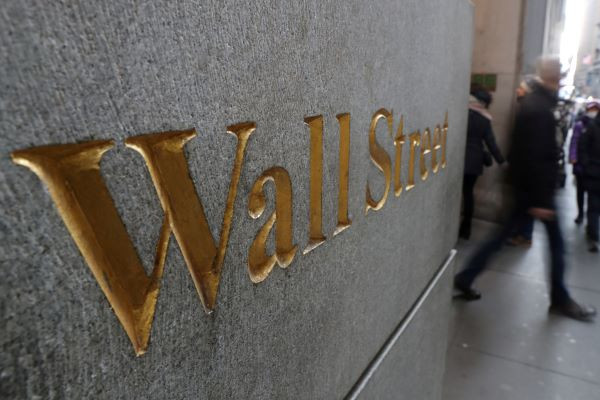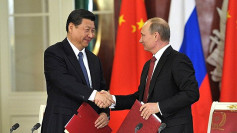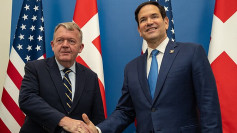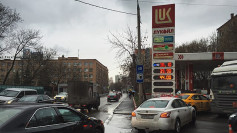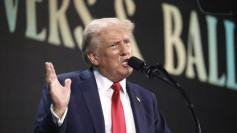Wall Street's monster rally Friday saw all three major indices end the day up more than 9% after the declaration of a national emergency in the United States that will release $50 billion to fight the COVID-19 pandemic.
The declaration, which was made in the morning at the White House by President Donald Trump, ignited a sharp rally that saw the indices post their largest single-day gain since October 2008. The Dow Jones Industrial Average registered its biggest-ever one-day point gain.
On Friday, the Dow closed 1,985 points higher, or 9.4%, at 23,185.62. The benchmark S&P 500 jumped 9.2% to 2,711.02 while the NASDAQ Composite surged 9.3% to 7,874.23. The indices posted their biggest one-day gain since October 2008.
The rebound saw equities bounce back from the sharp losses suffered Thursday, the worst since the "Black Monday" market crash in 1987. The S&P 500 plummeted 9.5% Thursday in its worst day since 1987, joining the Dow in a bear market. The Dow also suffered its worst point drop ever and the biggest percentage decline, also since 1987.
Friday's huge rally was a brief respite from a bloody three-week streak of lows that plumbed new depths on Thursday when the Dow and the S&P 500 posted their biggest percentage drop since Black Monday.
Equities rallied to their session highs into the close after Trump claimed 50,000 new coronavirus test kits will be available next week. Trump also said he asked the Department of Energy to purchase oil for the U.S. strategic petroleum reserve, boosting crude prices.
"Volatility, I always remind people, means big moves in both directions," said Randy Frederick, vice president of trading and derivatives at Charles Schwab. "After as big of a rout as we've seen in the last 30 years, it's not at all surprising to see at least a little bit of a bounce."
The S&P 500 gained or lost at least 4.89% every session this week, and plunged enough to trigger "circuit-breakers" to help prevent further extreme losses twice. Each of the three major indices entered a bear market this week, falling more than 20% from recent highs.
"This is certainly an important step forward," said Ed Keon of asset management firm QMA. "The first thing we learned from South Korea is you need to understand the scope of the problem, and you need to identify the disease and who has it and who does not ... You saw a big drop when the response seemed inadequate and then when you had a more aggressive response, the market responded positively."
